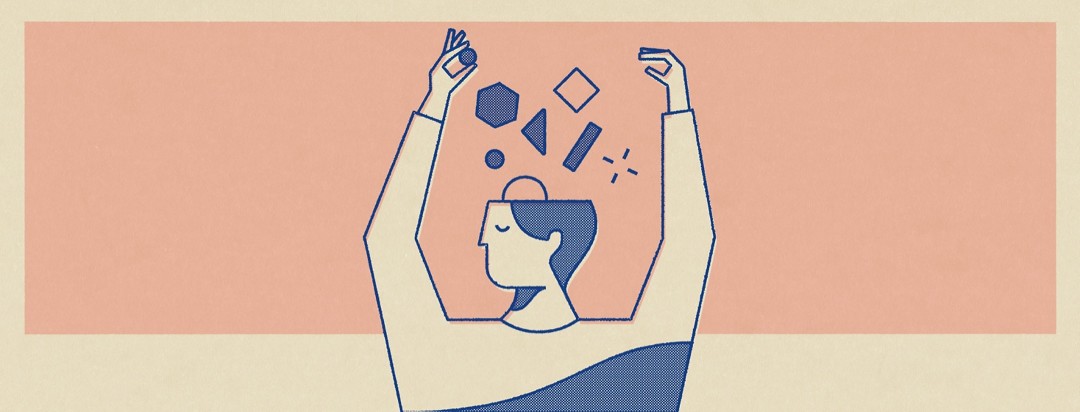Mindful Distraction
You may have come across the joke “French people are so tough they eat pain for breakfast”. As a Francophone, I always chuckle when I see it displayed on T-shirts. In this pun, “pain” is the French word for bread, but migraineurs are more familiar with the other meaning! We each have a personal migraine journey: our first time experiencing migraine pain, our first time attempting to explain to others what we feel, and the first time that we face the dissociation from what we knew our lives to be “before the migraine.”
My first migraine attack
I was 12 years old when I experienced my first migraine episode (I call it a ‘storm’). Like most young adolescent kids, I was full of energy and eager to spend my after-school hours playing whatever sport was in fashion (often hockey, as it is the First Amendment in Canada). But that all changed after a string of migraine storms. Within weeks, my outgoing personality changed and I became significantly more introverted. The idea of spending time outside where the sun might “shine too much,” or weather changes might worsen pain, was simply too overwhelming for me. Coping with the throbbing pain demanded all my attention.
Distracting myself from the pain
Decades later, the sharp pain still strikes. However, over the years I have learned to co-exist with this pain, put up with its idiosyncrasies (e.g. pillow too high, pillow too low, too much food, not enough food, too much or not enough sleep, etc.), and fight back by distracting myself from the pain as much as I can. One useful method for this dissociation is immersing myself in a particular task.
How do distractions help?
So why do distractions help? At the age of 12, the distraction of chess became a coping mechanism and still remains my number one “distraction therapy.” How I’m able to distract myself from the excruciating pain when I am captivated by a task has always enticed my curious mind.
There are a growing number of psychological theories that explain how distraction works in the management of pain. At any given moment there is more sensory input than we can consciously process, and this defines the concept of attention. It is, therefore, necessary for our brains to have a “filtering unit” that allows some information to reach conscious attention while suppressing other input. What this means for migraineurs is that when we redirect attention to an immersive task (like chess), there is less attention available for pain.
And it’s not just that we aren’t focusing on pain, research suggests that it’s not even entering our consciousness (at least temporarily).
What is capacity theory?
Daniel Kahneman is a pioneer of capacity theory. The capacity theory postulates that we have a limited pool of information processing resources and that using capacity for one stimulus limits their availability for another activity. Therefore, engaging in an attention-occupying activity, such as playing chess, limits available attention and prevents other information (such as nagging pain) from being processed and entering consciousness. This explains why I feel less pain or “forget about it” while I am fully and consciously immersed in an activity. In my case, the efficacy of distraction is also affected by the qualities of the distractor; in other words, not all distractions provide relief. Chess works well for me because it commands intense focus, but activities that I can do mindlessly, like washing dishes or folding laundry, don’t have the same effect (apologies to my wife!).
Do distractions help you?
What about you? Do games or other immersive activities distract you from migraine pain? I’ve heard the next big thing in acute and chronic pain management is virtual reality. Just imagine yourself snorkeling in Belize or climbing Mount Everest right from the comfort of your living room! Now that would be a distraction at its finest.

Join the conversation